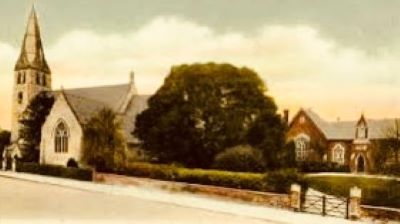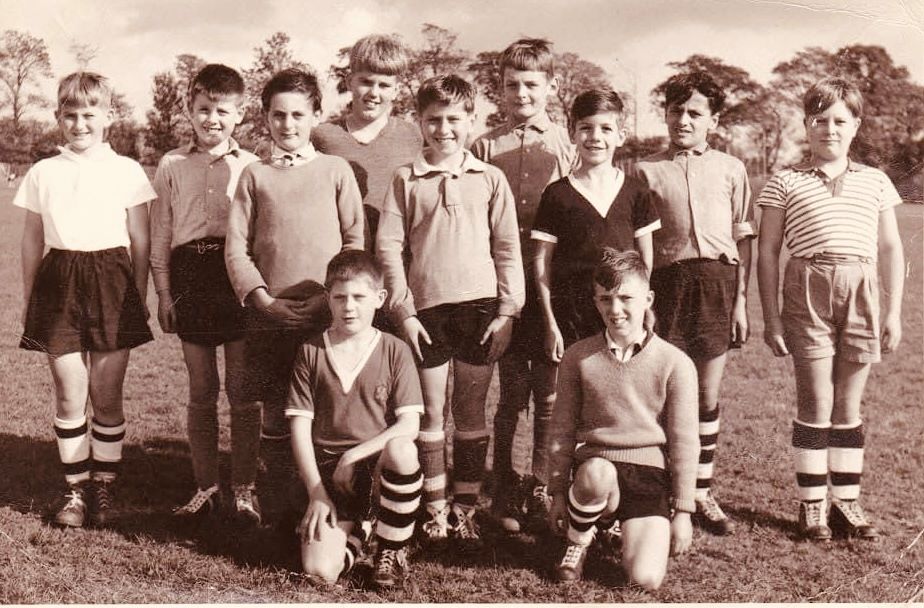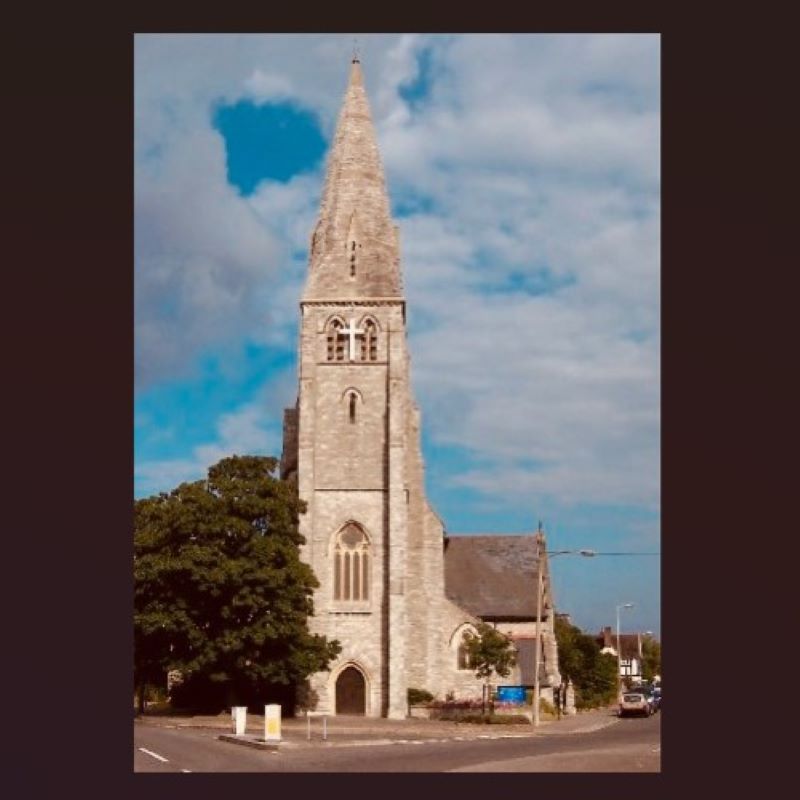by Martin Brisland.
The suburb of Freemantle lies between Shirley Road, Foundry Lane and the River Test.
The Freemantle name may derive from Fromental which is found in several places in France. In Old French ‘froid’ means cold and mantel is cloak. It was mentioned in the Pipe Rolls of 1181 as Freit Mantell and Freid Mantel in the Assize Rolls of 1236. It can also be a surname with Emma Freemantle being christened at East Wellow in 1590.
The suburb is not to be confused with Freemantle Common. This is an area on the corner of Peartree Avenue and Spring Road in Bitterne named after Thomas Freemantle who owned this land until his death in 1834. There is also a Fremantle, spelt with one ‘e’ in Western Australia.
In the 14th century William Ace owned land called Fremennal in Mullebroke. Merchant Thomas Fashon left a house called Free Mantell in his will with lands belonging to it.
One of the most popular poets of his time, William Cowper (1731-1800) stayed in Freemantle in 1752.
Many of his lines have entered the language, such as:-
God moves in a mysterious way,
His wonders to perform
God made the country, and man made the town.
Variety’s the very spice of life,
I am monarch of all I survey
Freemantle House was an elegant Georgian country mansion built in the mid 18th century, replacing a much older farm house. Its status as a country house was confirmed by the 1775 guide, which lists Freemantle as the seat of James Amyatt who made his fortune in the service of the East India Company. He retired to Southampton, later becoming one of the MPs for the borough.
From 1822 to his death in 1840 the Freemantle estate was owned by the celebrated soldier Sir George Hewett (1750-1840), former commander-in-chief of the army in India. His widow remained until her death in 1852, after which the house was put up for sale.
Sir George is remembered with Hewitt Road, which uses an alternative spelling and Sir Georges Road.
His son James was in the Battle of Waterloo in 1815 and is buried in the Old Cemetery on the Common.
Sampson Payne sold china and glass in his ‘bazaar’ at 68, High Street. In 1852 he gave up business and invested in land and property, initially buying the Freemantle House estate. Payne demolished the house in 1853 – with the Hampshire Independent’s reporter lamenting the loss of the mansion’s beautiful marble hall – and sold off the estate to housing developers.
Active in local politics, Payne became a Liberal councillor in 1846 and mayor in 1854 and 1855. He died in 1856 and Paynes Road is named after him.

In October 1958, Freemantle Lake, once part of the estate, was made into a park and was opened by the Mayor. The Lake and its surrounding area had been planned as an open space in 1938. This was delayed due to WW2 when it was used as a static water supply for firefighting. On a 1947 map, the lake is shown as principally marshland.
A comment upon the park’s opening in 1958 tells us about the former state of the lake as ‘it is no longer associated with rats, mosquitoes, stagnation, ooze, mud and odours’.
The tons of spoil required to fill in the marshy lake was provided by British American Tobacco in Millbrook and 100 local school children came to celebrate the opening.
Christ Church was built 1865/6 with a style typical of architect William White. He was also the architect for St. Michael and All Saints at Lyndhurst.
The spire was added in 1875 due to the efforts of John D’Arcy Warcop Preston who was the second Rector from 1871-1892. He encouraged the temperance movement which tried to fight the evils of alcohol and helped build the Waterloo Hall in Waterloo Road. His son Walter was found shot dead at Freemantle Lake in 1885. A rare Judas tree is by the church.
Revd Spittle left Freemantle in 1969 and during the vacancy the Church Council began planning to sell the Parish Hall, which needed considerable work.
In November 1969, the Parochial Church Council was told that there had been plans to make Christ Church redundant, but that the matter was reconsidered.
In 1970, the Revd Bryan Apps became the Priest on the proviso that unless he obtained complete support within four years, the church could still be closed.
Sycamore Lodge flats are built on the site of the large former Freemantle vicarage.
The illuminated white cross on Christ Church church was put there in memory of Job C. Dyas (1886-1945), a house and shop blind manufacturer who lived nearby. He was Southampton Mayor in 1944-5.
The adjacent school’s motto was Manners Maketh Man, the same as that of Winchester College.
Nearby Foundry Lane is named after Tickell’s foundry set up in the very early 1800’s. It was bounded by Lakelands Drive, Somerset Terrace and 5-47 Foundry Lane and possibly built on the site of an earlier corn mill. The Chamberlayne Gas Column now in Houndwell Park was built at Tickell’s in 1822.
Freemantle Congregational Church was built on the corner of Shirley Road and Roberts Road in 1884-5 as the Congregationalists in the town sought to expand into the suburbs. Destroyed by bombing in World War Two, a new church was built in the 1950s on a different site further along Shirley Road. Known as Freemantle United Reformed Church it has recently been up for sale.
In 1881 Freemantle joined the Shirley Board of Health, set up in 1853 as the main organ of local government in Shirley.
James Lemon, the Borough Surveyor responsible for getting Southampton’s drains and sewers installed, was a local Liberal councillor and Mayor. He is remembered by Lemon Road near Foundry Lane School.
In 1894 the short-lived Shirley and Freemantle Urban District Council was formed with premises on the corner of Shirley Road and Grove Road. In 1895 both Shirley and Freemantle were absorbed into Southampton.
The Queen visited Southampton in 1966, driving down Waterloo Road, past Freemantle School and Church. Local Shirley photographers Cardwells produced a commemorative photograph of the occasion.
Sources: Fremantle Local History Group/A History of Freemantle by Liz (was Kutcher) Coe 2006, “Ooze, mud and odours’/See Southampton.
- In Common is not for profit. We rely on donations from readers to keep the site running. Could you help to support us for as little as 25p a week? Please help us to carry on offering independent grass roots media. Visit: https://www.patreon.com/incommonsoton


